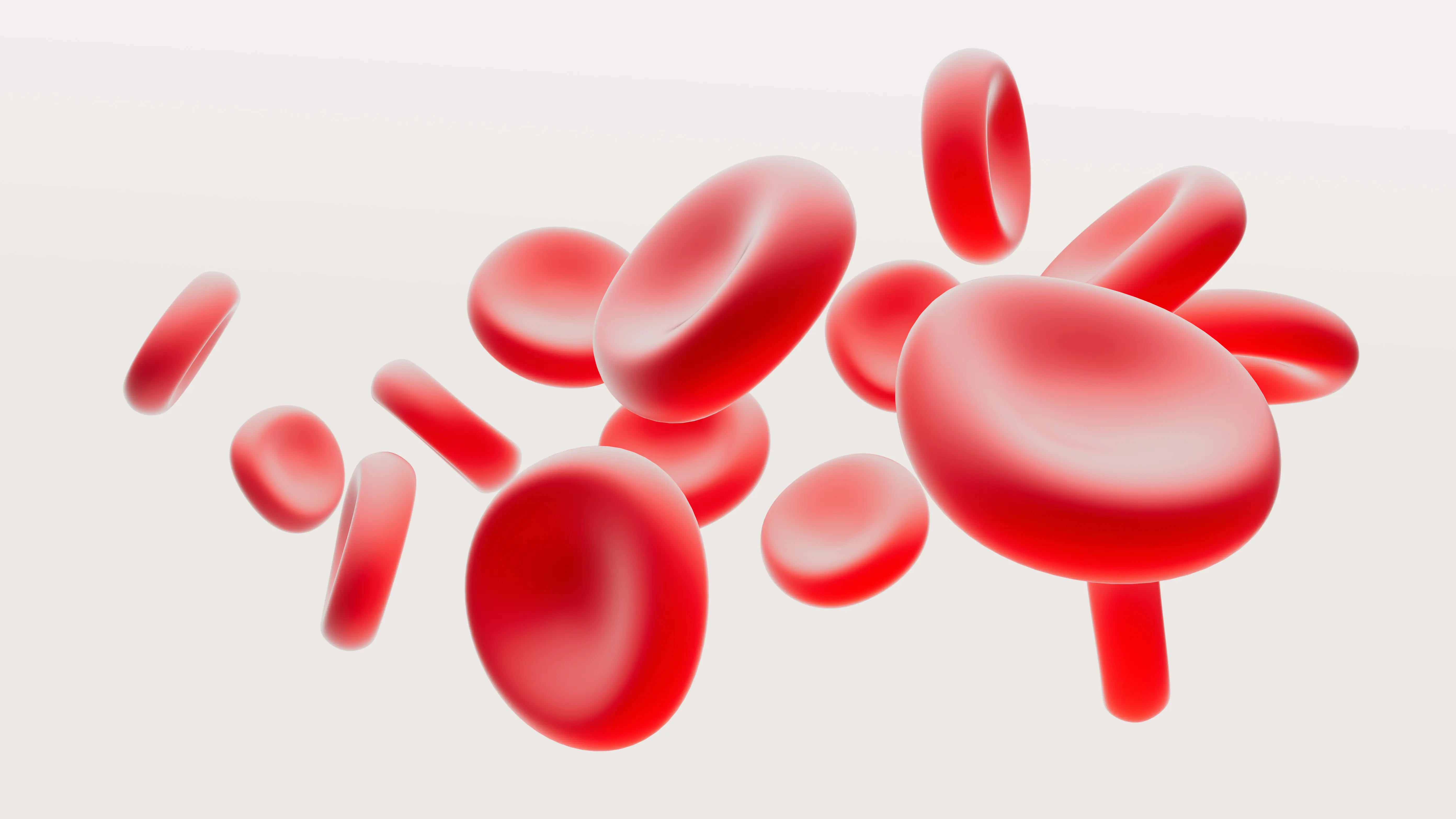Myelofibrosis (MF) is a serious and rare blood cancer affecting nearly 25,000 people in the U.S.i It involves the buildup of excessive scar tissue in the bone marrow, which interferes with the production of healthy blood cells.ii
As the disease negatively impacts blood cell production, certain organs – usually the spleen – attempt to compensate by producing red blood cells. This results in an enlarged spleen, known as splenomegaly, which causes uncomfortable, painful bloating and inflammation.iii Low blood platelet count, also known as thrombocytopenia, can result in symptoms such as, bleeding easily, bruising easily and/or bleeding for a long time when cut.
The reduced availability of normal blood cells may result in a group of symptoms that can affect many different systems of the body, known as constitutional symptoms. These include night sweats, fever, bone or joint pain, an enlarged liver, pale skin and weight loss.iii
In addition to constitutional symptoms, many MF patients may develop severe anemia.iv
At diagnosis, approximately 40% of patients are anemic, and nearly all will eventually develop anemia.v
Anemia occurs when there are not enough red blood cells in circulation, compromising oxygen delivery throughout the body which can result in fatigue and weakness.iv Patients with prolonged anemia often become dependent on blood transfusions, with nearly half of MF patients becoming transfusion-dependent within one year of diagnosis.vi
Treatments are needed that can have beneficial effects on anemia and reduce transfusion dependence, while treating MF symptoms and splenic response.v
Understanding therapeutic targets
A significant breakthrough in the understanding MF was the discovery of proteins known as Janus kinases (JAKs), which are produced by the JAK2 gene. These proteins send signals that influence the production of blood cells in the bone marrow. Around half of MF patients have a JAK2 gene mutation, which has led to this signaling pathway becoming the focus of many currently approved therapies.iv,vii,viii
Our commitment
At GSK, we strive to provide treatments that can help patients get ahead of their disease by immersing ourselves into the science. We recognize the importance of expanding our pipeline and building on our established capabilities to address the unique needs of those who have or may be impacted by myelofibrosis. Continuing to build a deeper understanding of MF may one day address the important medical needs of MF patients.
References
i Data on file. Sierra Oncology. 2021.
ii NIH National Library of Medicine. Primary Myelofibrosis. September 2014. Accessed March 2023. https://medlineplus.gov/genetics/condition/primary-myelofibrosis/
iii MPN Research Foundation. Primary Myelofibrosis (PMF). 2021. Accessed March 2023. http://www.mpnresearchfoundation.org/primary-myelofibrosis-pmf/
iv National Organization for Rare Disorders (NORD). Primary Myelofibrosis. 2018. Accessed March 2023. https://rarediseases.org/rare-diseases/primary-myelofibrosis/
v Naymagon L, Mascarenhas J. Myelofibrosis-Related Anemia: Current and Emerging Therapeutic Strategies. Hemasphere. 2017 Dec 20;1(1):e1. doi: 10.1097/HS9.0000000000000001. PMID: 31723730; PMCID: PMC6745971.
vi Pardanani, A., & Tefferi, A. (2011). Prognostic relevance of anemia and transfusion dependency in myelodysplastic syndromes and primary myelofibrosis. Haematologica, 96(1), 8–10. https://doi.org/10.3324/haematol.2010.035519
vii Hu, X., li, J., Fu, M. et al. The JAK/STAT signaling pathway: from bench to clinic. Sig Transduct Target Ther 6, 402 (2021). https://doi.org/10.1038/s41392-021-00791-1
viii Bose P., Verstovsek S. JAK Inhibition for the Treatment of Myelofibrosis: Limitations and Future Perspectives. Hemasphere. 2020 Jul 21;4(4):e424. doi: 10.1097/HS9.0000000000000424. PMID: 32903304; PMCID: PMC7375176.



